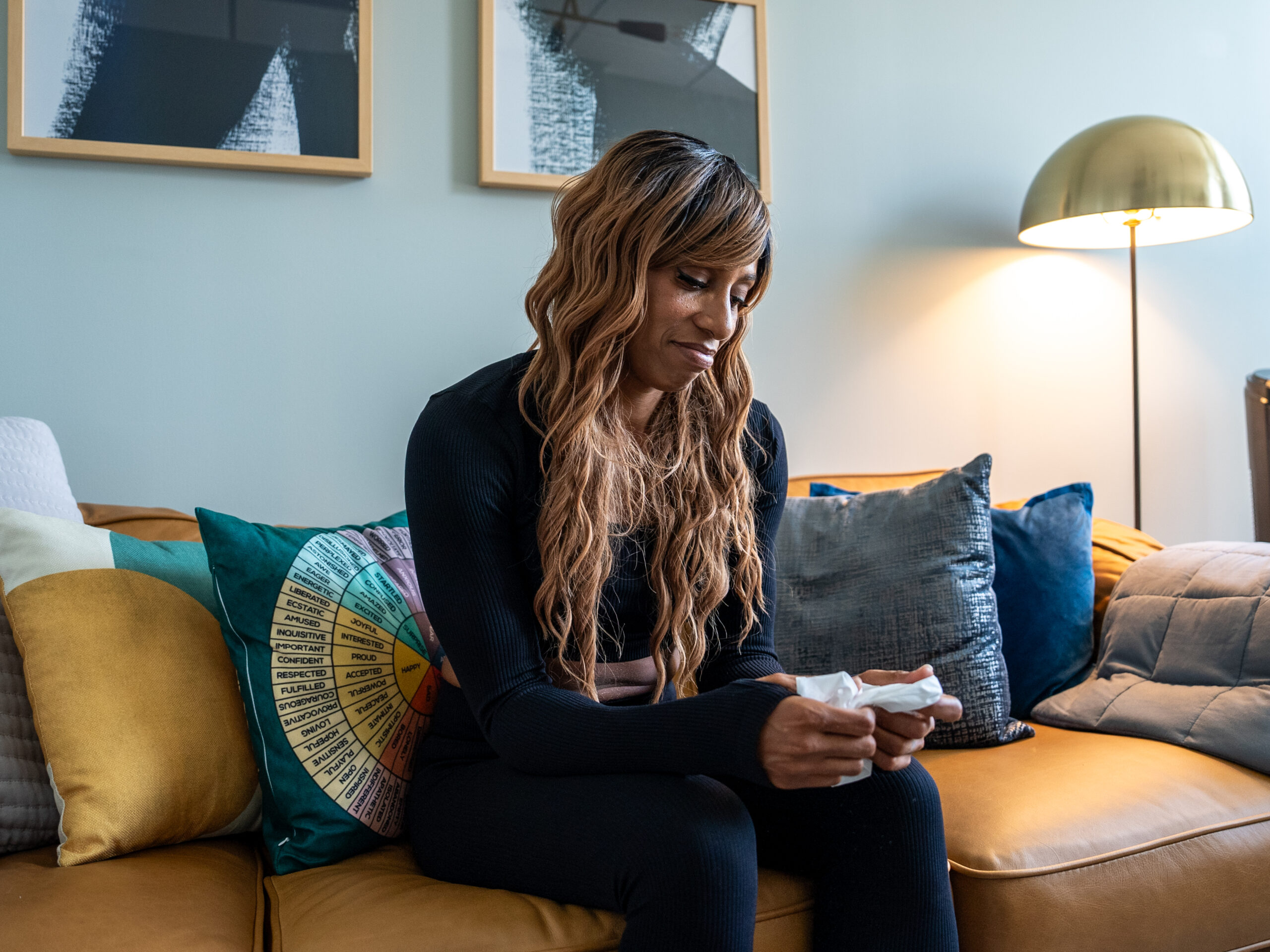Anxiety & Panic Therapy Services
- Home
- Anxiety and Panic Therapy
Astute • Evidence-based Care
ANXIETY & PANIC THERAPY FOR ADULTS (18+)
Clear, paced, evidence-based care to reduce worry, physical symptoms, avoidance, and panic—so you can move freely again.
UNDERSTANDING ANXIETY & PANIC

Anxiety shows up as chronic worry, tension, restlessness, irritability, and trouble concentrating or sleeping. Panic involves sudden waves of intense fear and physical sensations (racing heart, dizziness, shortness of breath, chest tightness), often followed by fear of the next attack. These reactions are the nervous system’s over-protection—false alarms that feel real.
- Common experiences: health worries, catastrophizing, avoidance of feared situations, reassurance seeking, and safety behaviors (e.g., always sitting near exits).
- Panic spiral: normal sensations → scary interpretation → adrenaline surge → more sensations → “I’m not safe.”
- Impact: shrinking life (social/work limits, travel avoidance), exhaustion, poor sleep, and irritability.
- Hope: with targeted skills and exposures, the body relearns safety and symptoms lose their grip.
WHAT IS ANXIETY & PANIC? (PSYCHOEDUCATION)
- False alarm system: the threat detector (amygdala) mislabels internal cues (heartbeats, CO₂ shifts) and external cues (crowds, driving) as dangerous.
- Cognitive loop: trigger → catastrophic thought (“heart attack,” “fainting”) → anxiety → avoidance → short-term relief → stronger fear next time.
- Interoceptive conditioning: benign sensations get paired with panic; practicing those sensations safely breaks the link.
- Intolerance of uncertainty: the “need to know” fuels worry; learning flexible, values-led actions reduces rumination.
- Sleep & stimulants: caffeine, alcohol, and sleep loss sensitize the system; small habit shifts dramatically change baseline arousal.
- Recovery stance: measured exposures, skills practice, and compassionate self-talk. Progress is trackable and non-linear—and it sticks.
THERAPY OPTIONS AT ASTUTE

- CBT for Anxiety & Panic
- Test catastrophic thoughts, reduce safety behaviors, and learn response-prevention strategies.
- Exposure Therapy (Interoceptive & In Vivo)
- Practice feared sensations (e.g., spinning, breath holds) and situations (e.g., elevators, highways) in a stepwise, consent-centered plan.
- ACT (Values-Led)
- Shift from control to choice—move toward meaningful actions even with discomfort.
- DBT-Informed Skills
- Grounding, emotion regulation, and distress tolerance you can use the same day.
- Sleep & Routine Reset
- Right-size caffeine/alcohol, anchor sleep, and create small daily wins that lower baseline arousal.
COORDINATED SUPPORT

- Collaboration with primary care/psychiatry when helpful
- Work accommodations and documentation as appropriate
- Connections to community groups and skills classes
WHAT TO EXPECT
- Map: identify triggers, safety behaviors, and goals.
- Plan: build a paced exposure ladder + skill targets.
- Practice: in-session interoceptive drills + real-life experiments.
- Maintain: relapse-prevention plan and future-proof routines.
WHY CHOOSE ASTUTE
- Adult-focused (18+), inclusive, and practical
- Evidence-based + holistic supports in one place
- Measurable goals and take-home tools
- In-person and telehealth options
SUGGESTED HOLISTIC SUPPORTS
- Somatic movement for tension patterns and grounding
- Restorative yoga & paced breath for sleep and calm
- Mindfulness for rumination and focus
- Sound bath or Reiki for deep relaxation
IN CRISIS?
If you are in crisis, please contact your nearest ER immediately.National Suicide & Crisis Lifeline: 988 • Text: HOME to 741741